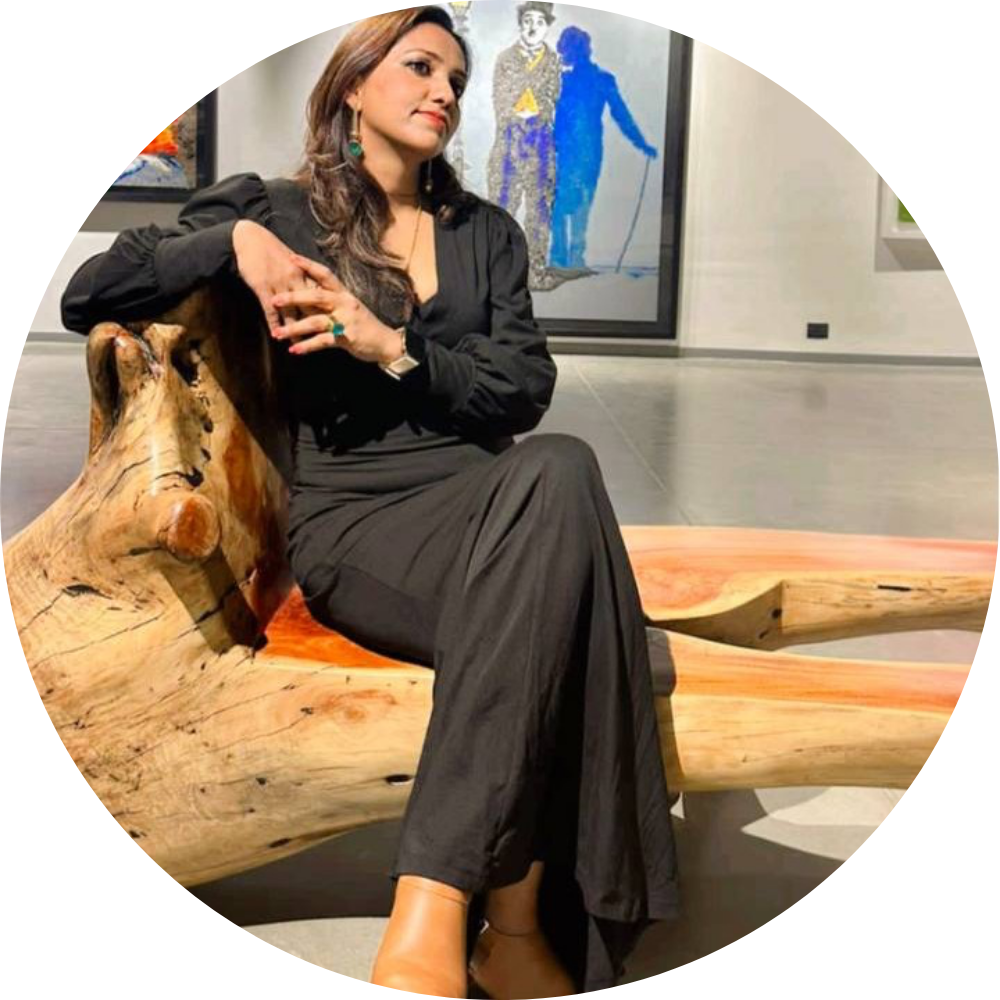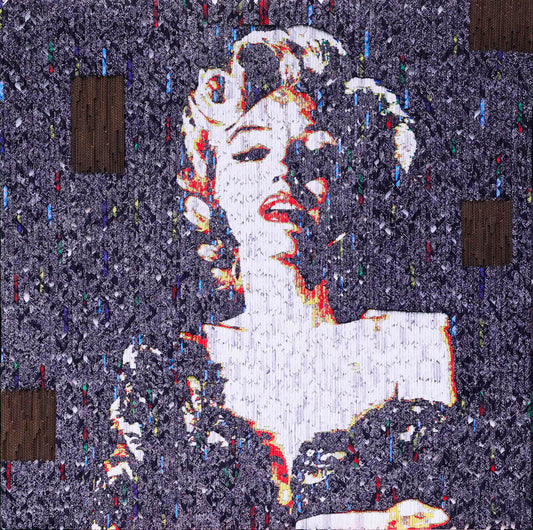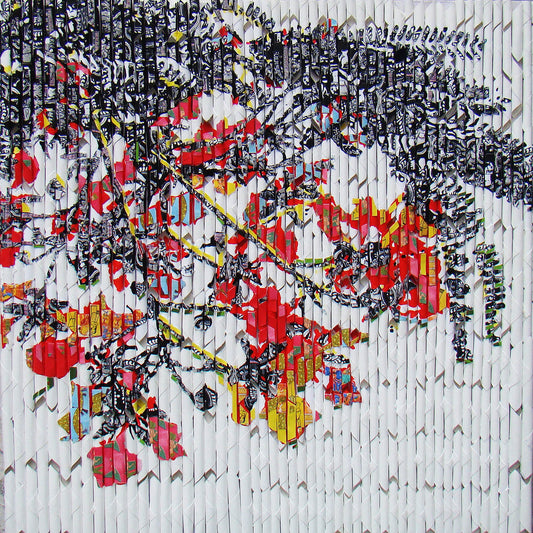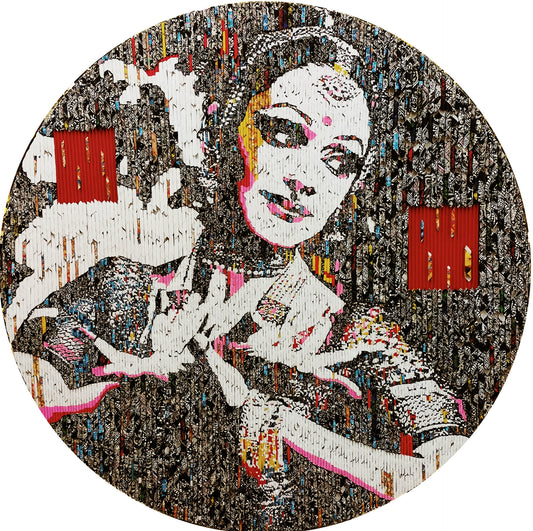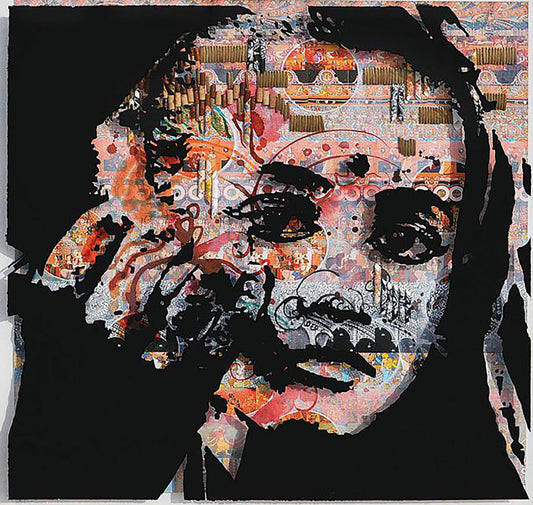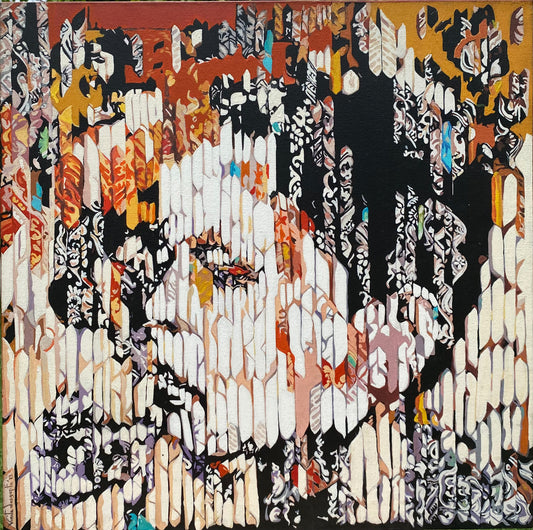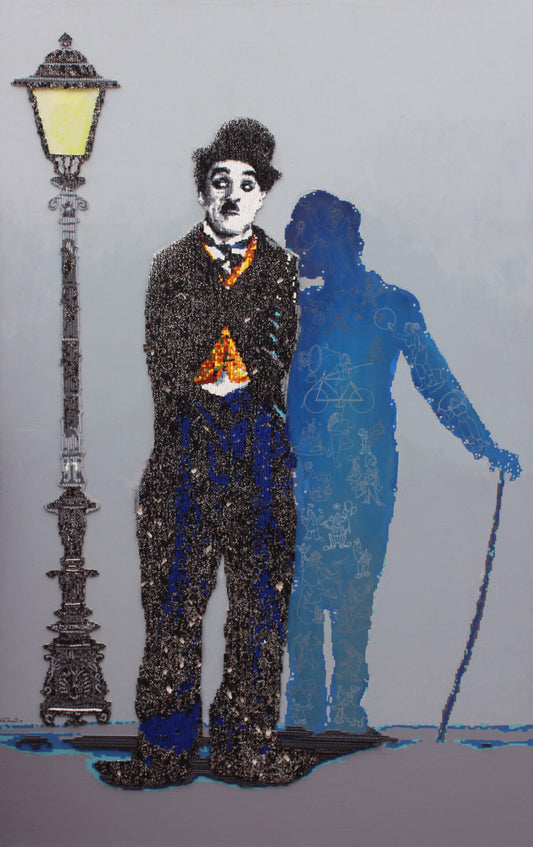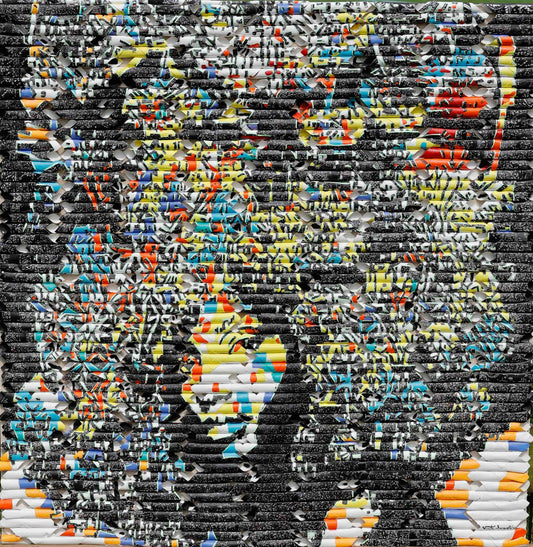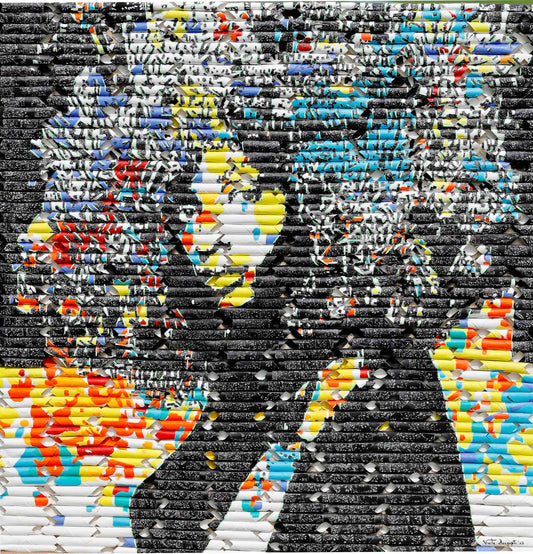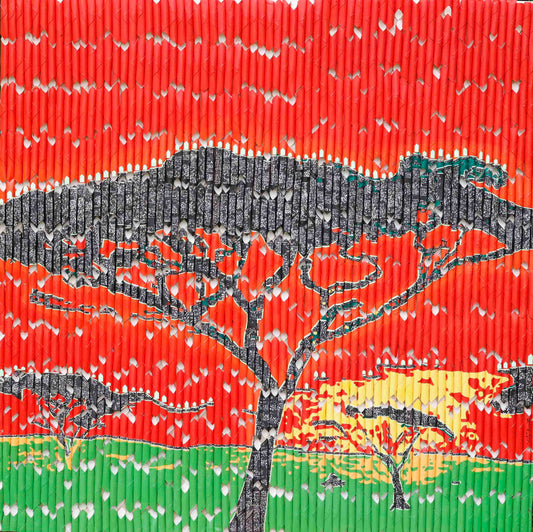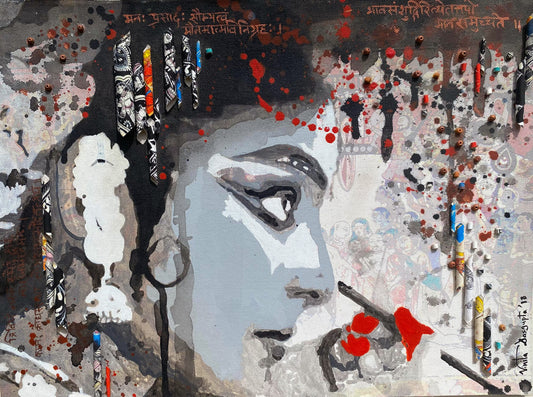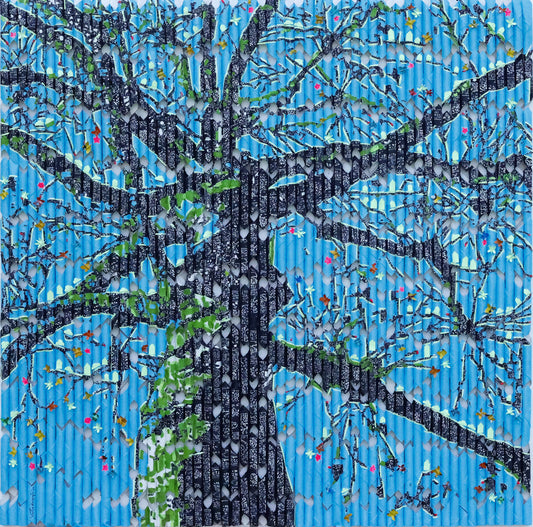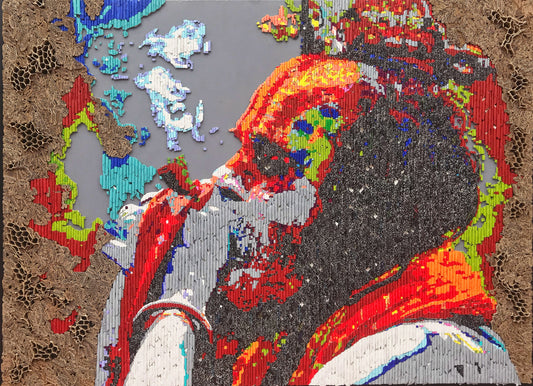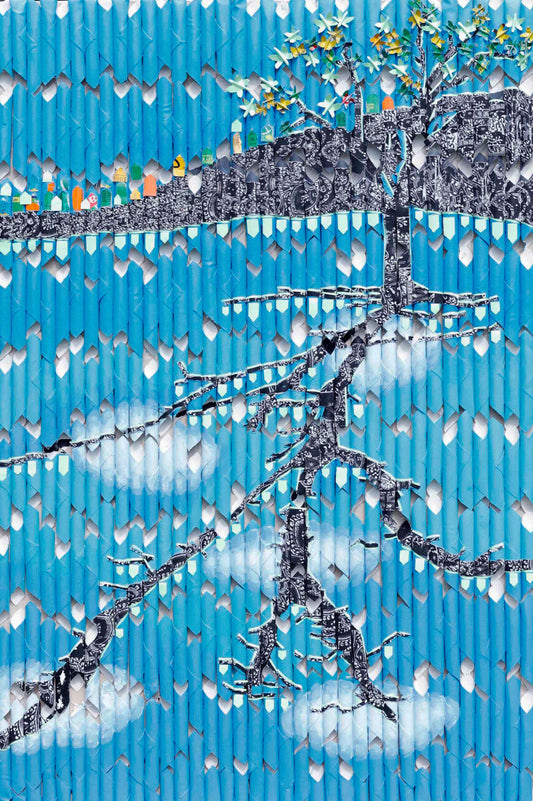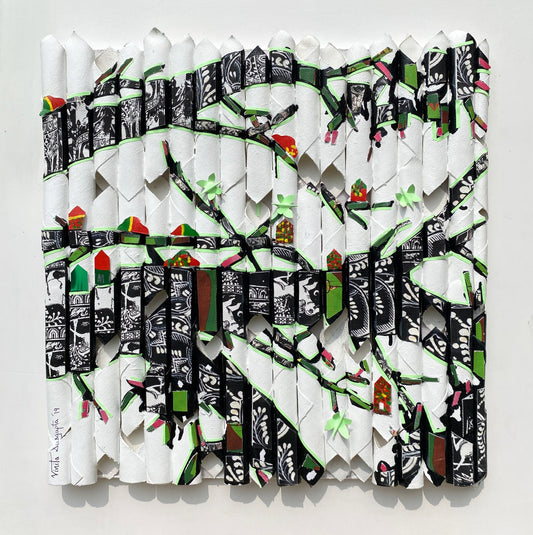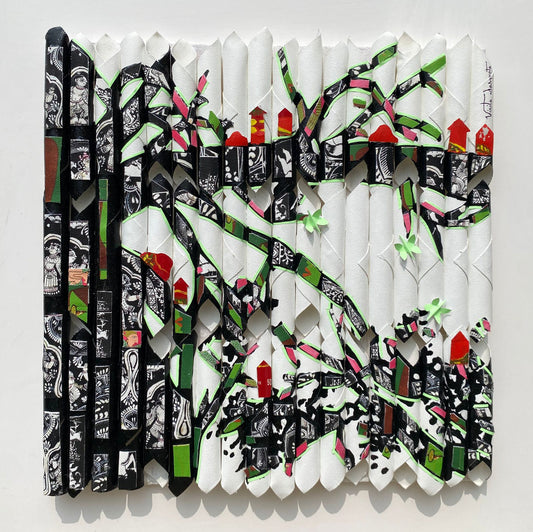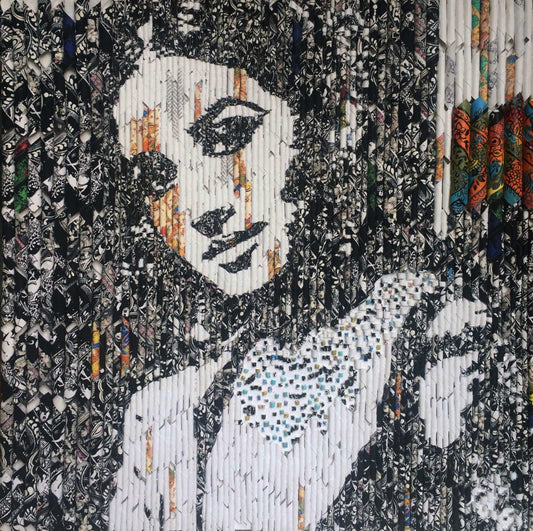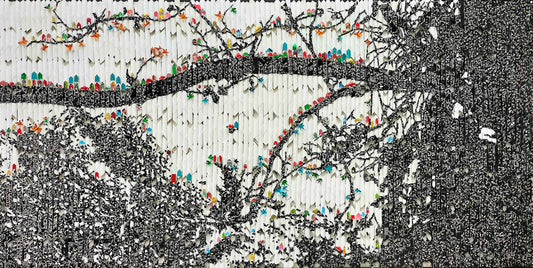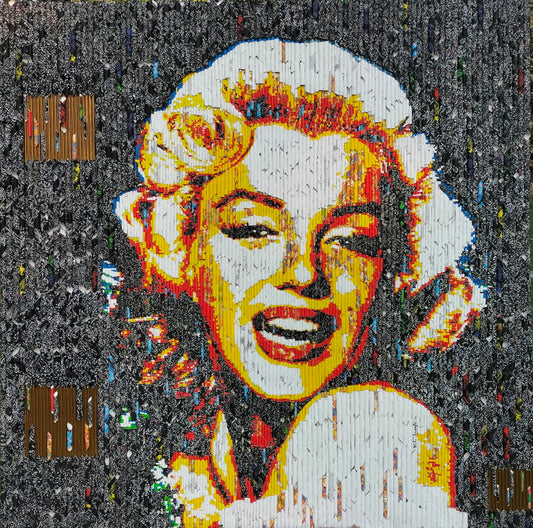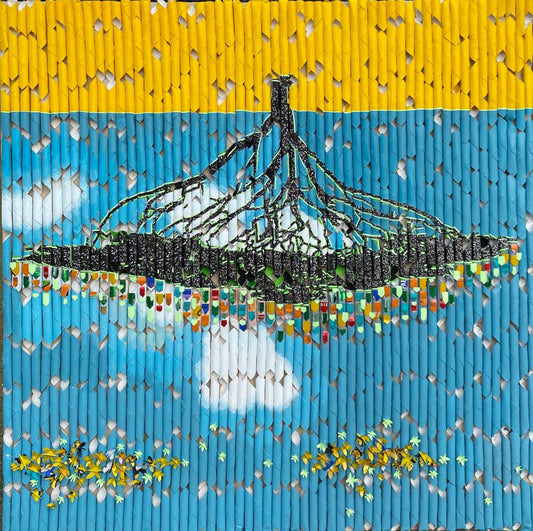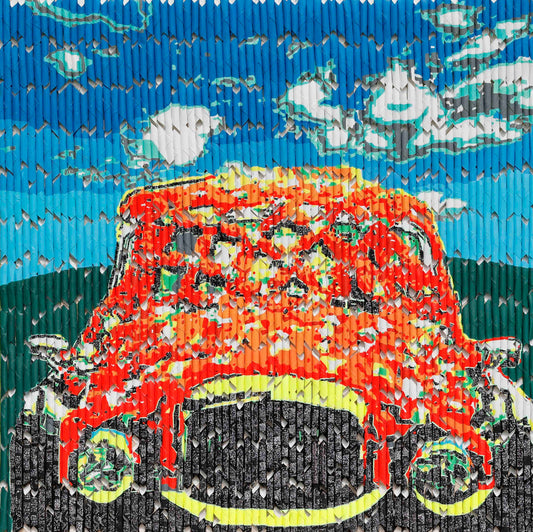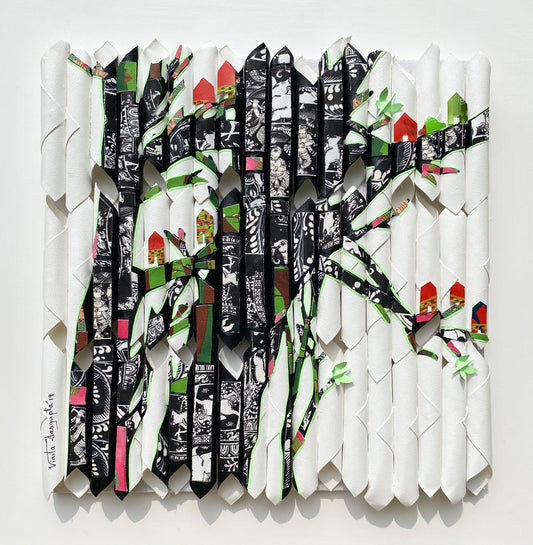Born in 1983, Vinita Dasgupta is an Indian artist, born in a Bengali family. In 1998, her family moved to New Delhi for her higher education, where she studied painting and fashion design. In 2008, Vinita received her Masters in Fine Arts, from the College of Art, New Delhi.
Growing up, she lived in different states, her parents were her biggest critics and her guides who gave her a strong academic base to build her career. They also suggested she find her subjects in common people, rather than focusing on models. Other than painting, Vinita is also a classically trained singer and dancer.
Vinita grew up reading Bengali literature, and visual art and listening to folk music. This is the reason why, Bengali culture and aesthetics play a major role in her artworks. Her art excites and inspires her. It reflects what she cares about and how she feels about something. Before giving a physical form to her ideas through her art, Vinita thinks and plans about it. She focuses on the emotion she wants to share with her onlookers through her final piece. Her artworks are a blend of modern and traditional art practices, along with different observations and assessments.
Vinita has experimented with various art forms, but she was always drawn towards figurative art. The uniqueness of each and every human body inspires her to create figurative artworks. Even in human beings, Vinita enjoys painting women as her subjects. She finds ways to capture their unique features, gracefulness, fragility and strength on her canvas.
Over her career, Vinita has showcased her artworks in numerous national and international galleries. In 2008, the United Nations Population Fund-India awarded her the “Art for Social Change Award” in New Delhi. She was also awarded the National Scholarship in Painting by the Ministry of Culture, HRD for 2 years, from 2009-2011, in New Delhi. In 2009, her painting was selected and exhibited at the International Painting Competition organised by Château des Réaux, France. Other than that, Vinita has received special recognition and awards from Sahitya Kala Parishad, AIFACS, ICRC, UNESCO, and Lalit Kala Akademy, among many others


